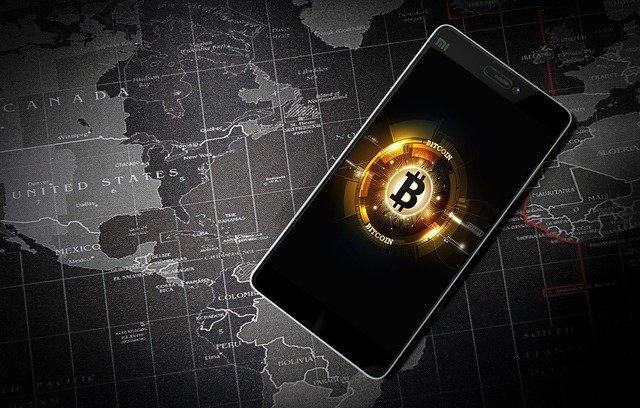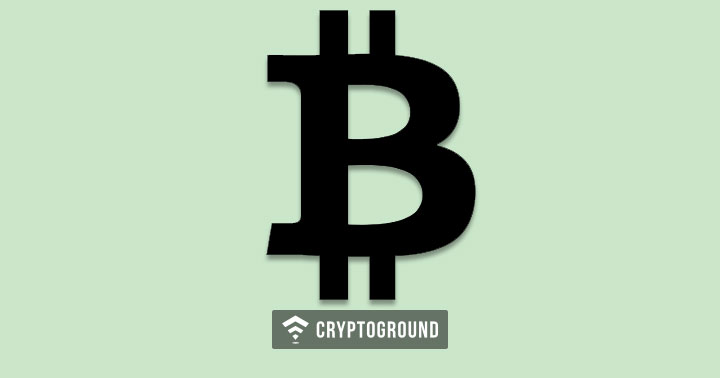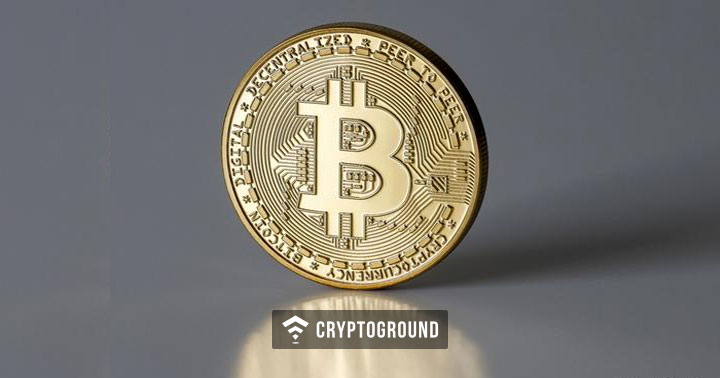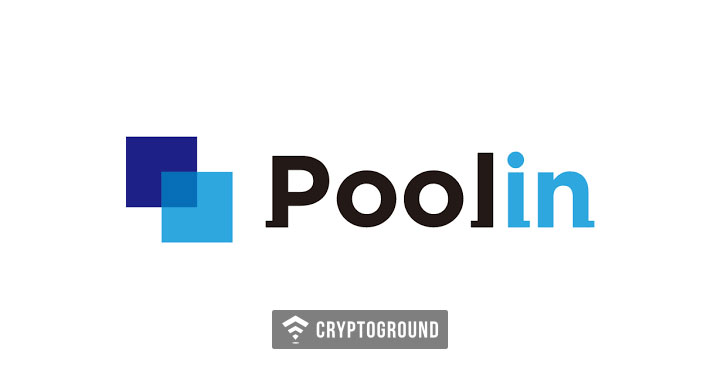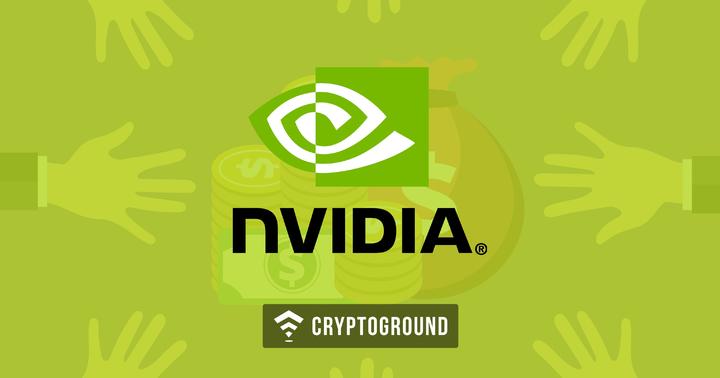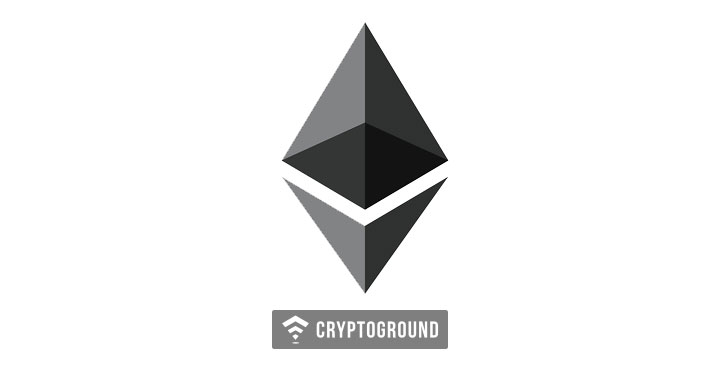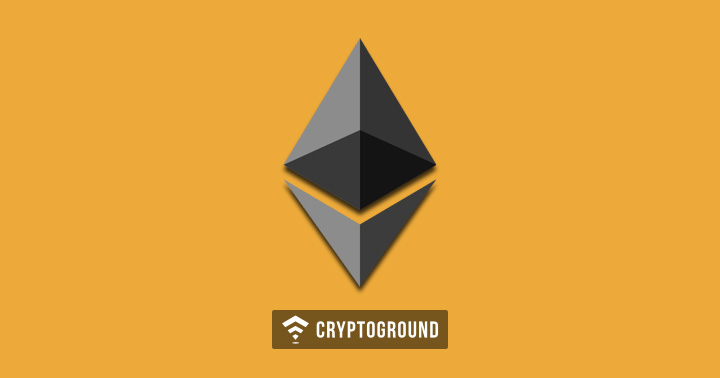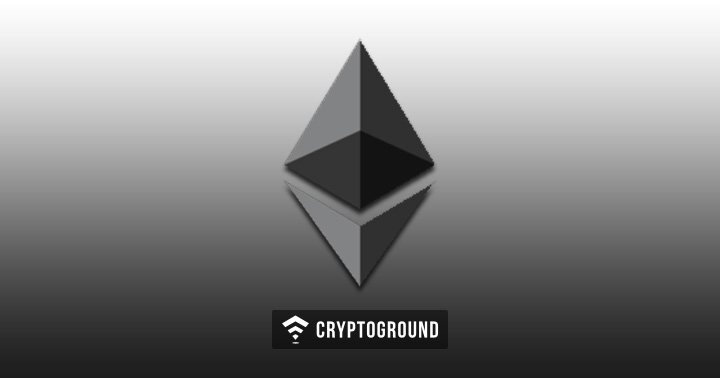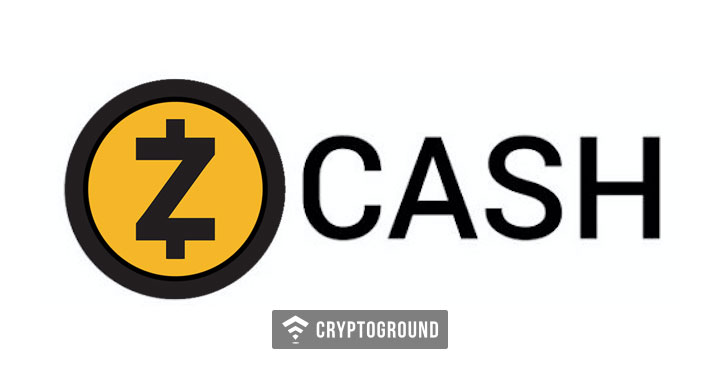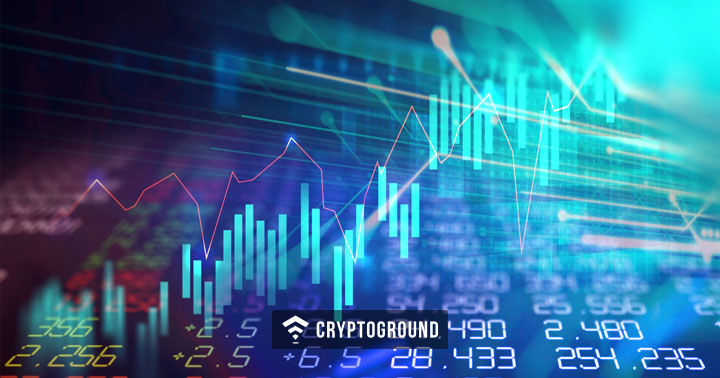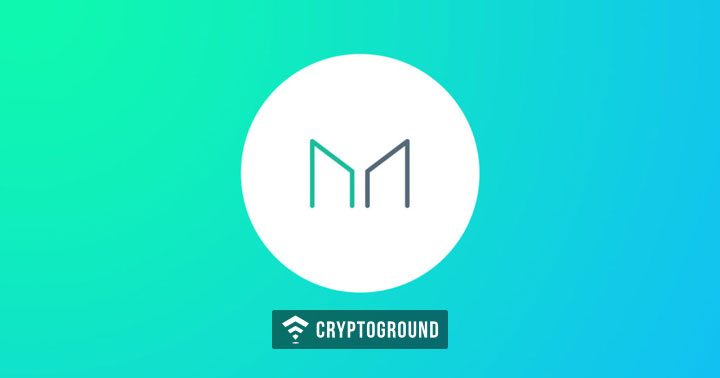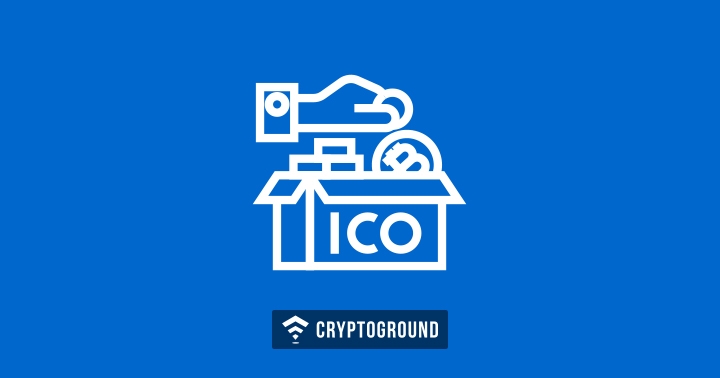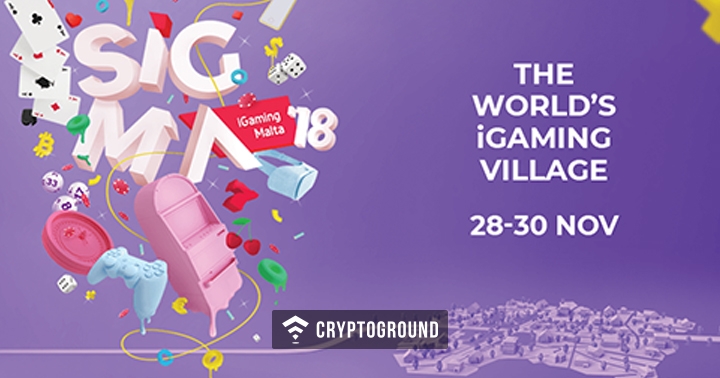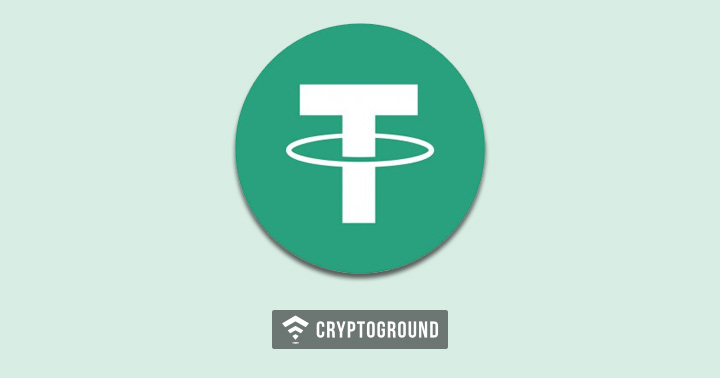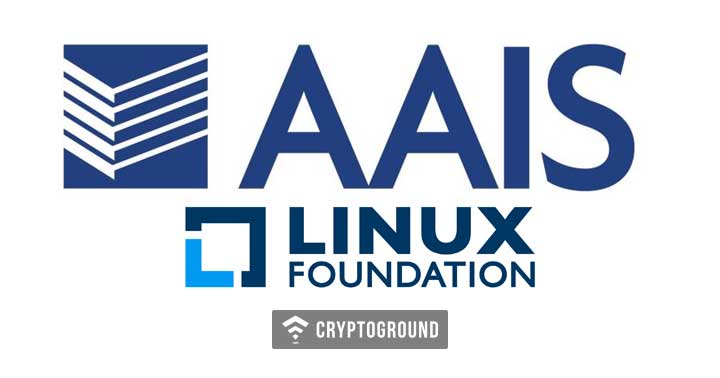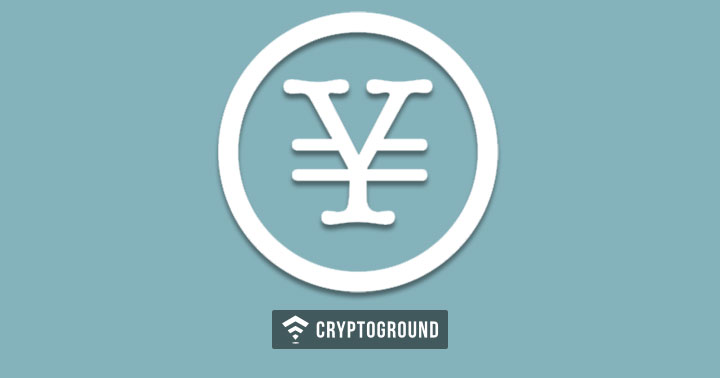A study done by the Foundation for Defense of Democracies’ Center of Sanctions and Illicit Finance (FDD) and analytics company Elliptic revealed that less than one percent of bitcoin transactions involve money laundering.
The conclusion was that the share of funds of illicit origin is less than one percent of all bitcoin transactions that took place from 2013 to 2016. The percentage of illicit transactions significantly declined as bitcoin gained continuous popularity and adoption.
In 2009, the value of bitcoin was less than one US dollar per coin. Eight years later, its price skyrocketed and it was able to make a name for itself. In December 2017, its price per coin even reached nearly $20,000. Its market cap is also over $200 billion even up to now.
Due to bitcoin’s distinctive properties, criminals have been quick to realize that they can use it to evade law enforcement. Since analysts only have anecdotal evidence to support their claim about the illicit applications of bitcoin, FDD and Elliptic decided to team up in order to provide a more rigorous assessment of bitcoin and its applications.
Findings and methodologies used
Even though the report has conceded that it is impossible to quantify exactly how much bitcoin is used illicitly, the study aims to use Elliptic’s forensic blockchain network analysis in a bid to estimate the methods utilized and the scale of money laundering being performed through the use of bitcoin.
A narrow data sample of bitcoin transactions that happened between 2013 and 2016 was used. Researchers explained that they intentionally narrowed down the parameters of the study so as to keep the data manageable.
The forensic analysis tool of Elliptic combines public blockchain data with a proprietary dataset of bitcoin addresses associated with known entities to provide visibility into who is in the transaction with whom in bitcoin.
The findings revealed that darknet marketplaces account for more than 97% of illicit funds circulated through the use of bitcoin. These marketplaces are the main sources of almost all of the illicit bitcoins laundered through the 214 conversion services used in the study.
Furthermore, the flow of bitcoins via these darknet marketplaces is highly centralized which means that over 50 percent of the illicit funds come from at most two anonymous marketplaces. These marketplaces have been said to be Agora and the Silk Road. Online gambling sites, as well as mixers, have also been identified as other instruments used for money laundering.
The vast majority of illicit transactions done through bitcoin from 2013 and 2016 were processed in Europe. It has five times more illicit transactions than North America.
